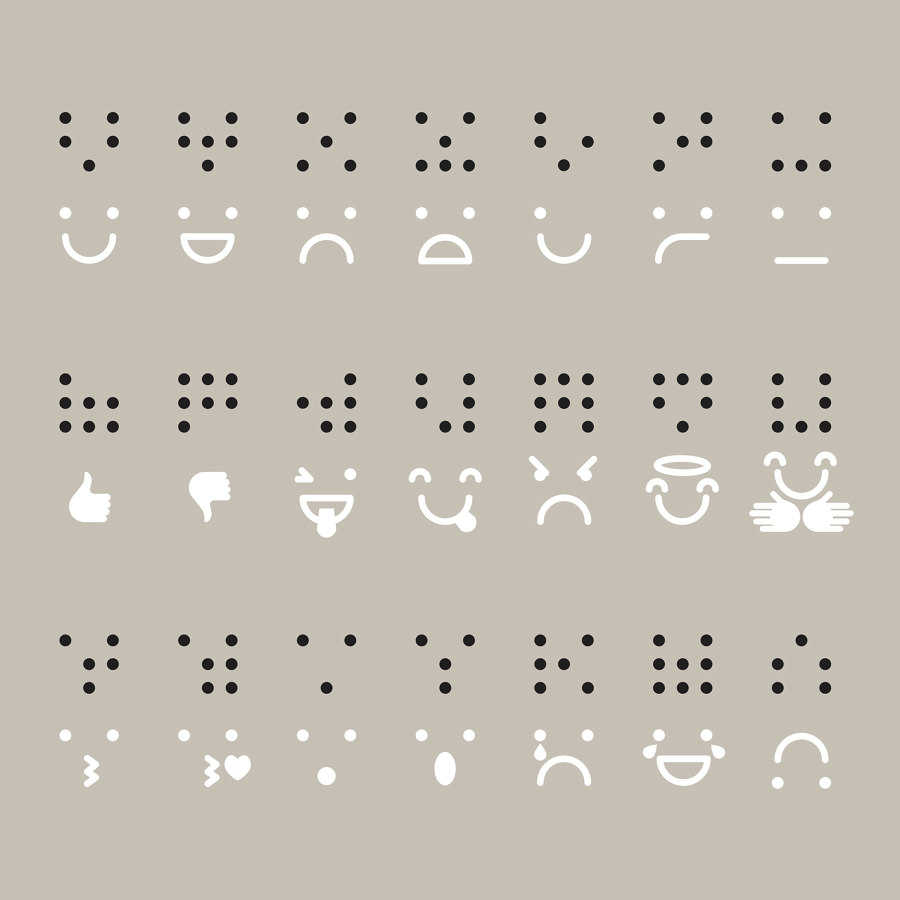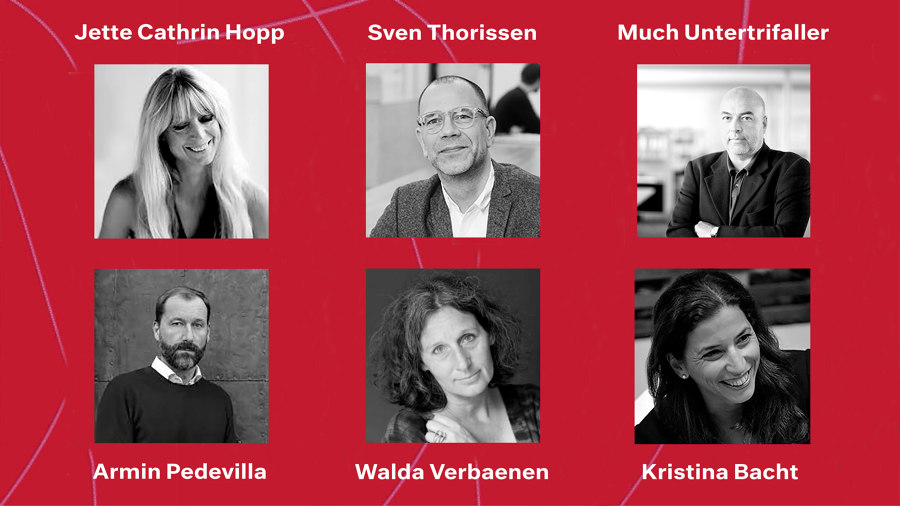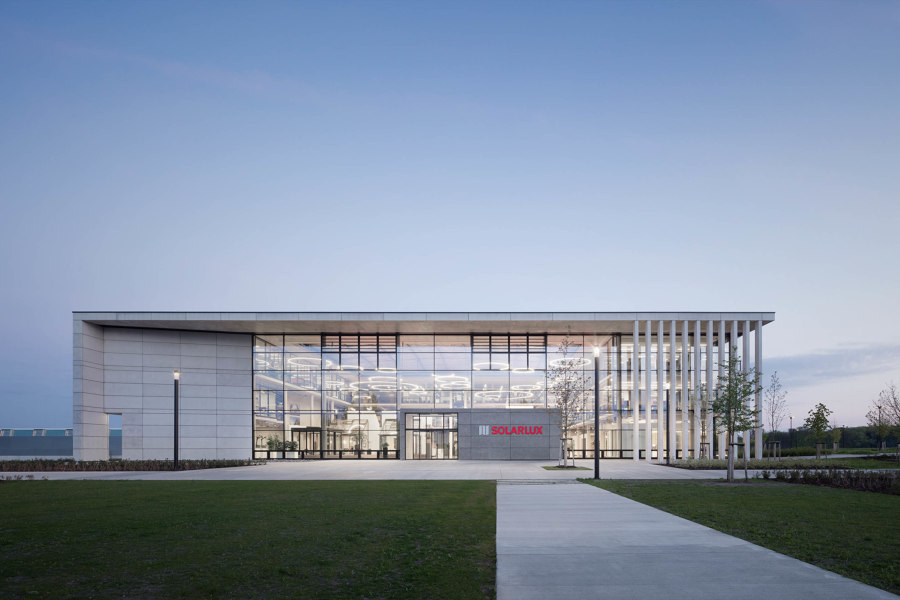The winners of the Design Educates Awards will be honoured at 'architecture in foyer'
Brand story by Mareile Morawietz
Melle, Allemagne
22.09.21
The Design Educates Awards attract high-calibre international entries and honours projects that benefit society in ecological, sustainable and social terms.
Sustainable skiing and waste incineration: CopenHill, an unusual project by architecture studio BIG, won the DEA Award for it in 2020
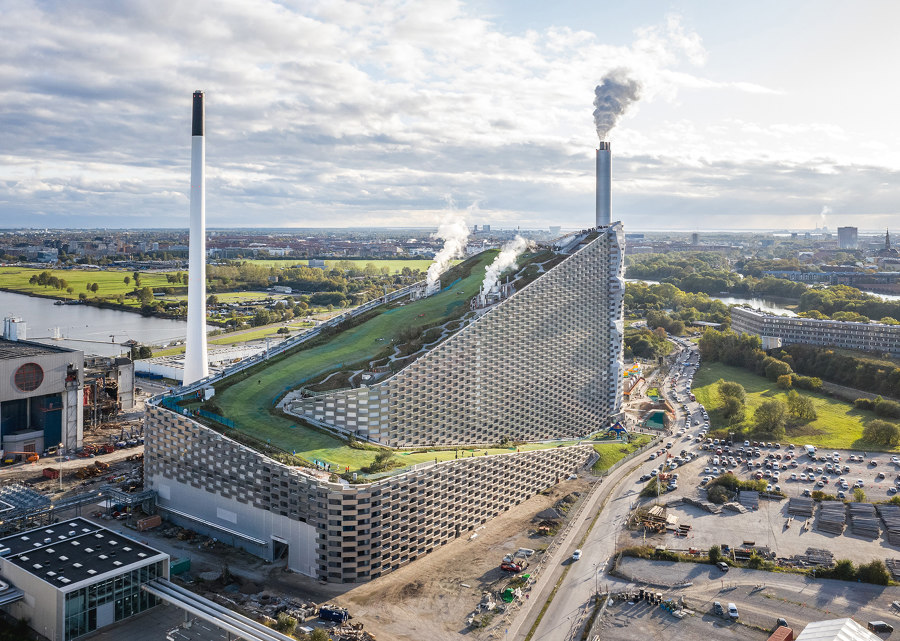
Sustainable skiing and waste incineration: CopenHill, an unusual project by architecture studio BIG, won the DEA Award for it in 2020
×What could a well-positioned, globally active company – with a strong US sales partner, a sales office in Hong Kong and nine subsidiaries – have in common with a small town in Poland? As it happens, quite a lot. The idea of awarding prizes for design and architecture that benefits society from a social, ecological and sustainable perspective has given rise to an ambitious competition, namely the Design Educates Awards (DEA).
The Design Educates Awards is an internationally acclaimed competition, now in its third year. The partners behind the award are the non-profit organization Laka Foundation, named after its headquarters in the Polish municipality of Laka, and the market-leading manufacturer of bi-folding glass doors Solarlux, whose comon cause extends far beyond the competition.
For the Laka Foundation, the award is only one aspect of its activities. First and foremost, it provides a networking function in bringing together experts to highlight perspectives in architecture and promote sustainable development. In the same way, Solarlux sees itself not only as a sponsor of the DEA Awards, but also offers an open and effective platform for addressing diverse topics around architecture and design from the Solarlux Campus in Melle.
This year's DEA jury includes –from left to right, top to bottom – Prof. Alison Brooks, Prof. Toyo Itō, Prof. Farshid Moussavi, Hadi Teherani, Hani Rashid, Issa Diabaté, Marco Zavagno and Konstantin Grcic
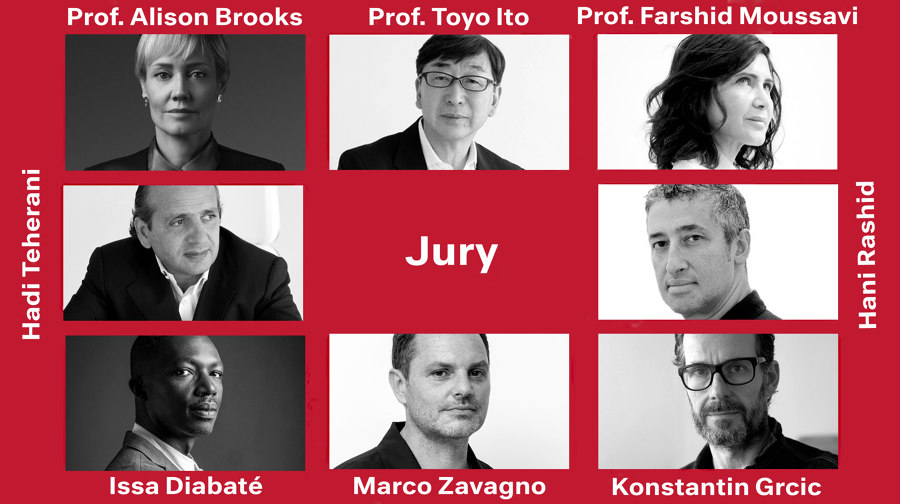
This year's DEA jury includes –from left to right, top to bottom – Prof. Alison Brooks, Prof. Toyo Itō, Prof. Farshid Moussavi, Hadi Teherani, Hani Rashid, Issa Diabaté, Marco Zavagno and Konstantin Grcic
×A jury of prominent architects
The jury of this young award is befittingly top-notch and the field of participants excellent. ‘We ourselves are a little overwhelmed by the positive reactions we have got from participants and jurors, and the high level of the designs,’ says architect Dr Peter Kuczia, initiator of the DEA, who has created a guideline for sustainable architecture with his research on 'Educating Buildings'.
'We ourselves are a little overwhelmed by the positive reactions we have got from participants and jurors, and the high level of the designs'
The decision to set a very high bar for the competition right from the start and aim at promoting inspiring solutions has proven to be the right one. International greats such as Toyo Ito, Alison Brooks, Hadi Teherani and many more have readily stepped forward to act as jurors for the exceptional designs of the competitors in the categories of Architecture, Product Design, Universal Design and Responsive Design.
The selection of the four main prize winners is a challenge due to the impressive range of original entries. For example, in the last three years, there have already been 500 participants from 35 countries and awards for very special designs and spectacular architecture such as CopenHill, which combines a waste incineration plant with a nature-filled urban leisure centre, or the Futurium Berlin, which sets an innovative example as a communication venue with a climate-friendly concept.
This year's winners are architectural firm Dietrich|Untertrifaller for its innovative design of the Dornbirn municipal library (above) and Walda Verbaenen for her design 'Braille meets Emoticons'

This year's winners are architectural firm Dietrich|Untertrifaller for its innovative design of the Dornbirn municipal library (above) and Walda Verbaenen for her design 'Braille meets Emoticons'
×Who are the winners for 2021?
This year, Walda Verbaenen is one of the winners of the Gold Prize in the Universal Design category for her Braille meets Emoticons. The Belgian was already honoured by the DEA in 2020 for her visual pronunciation aid for learning Dutch and Flemish. Now in 2021, she has proposed a compelling translation of visual emoticons into a braille dingbats grid for the blind and visually impaired.
This year, the Solarlux Choice Award – sponsored and presented by Solarlux – goes to the architectural firm Dietric|Untertrifaller in the Architectural Design category with a focus on educational buildings. The creative team’s design for the municipal public library in Dornbirn, Austria, delighted experts, colleagues and users of all ages – with its impressive facade of 8,000 ceramic books, cosy reading rooms, modern gaming zone and numerous other aesthetic and functional ideas.
Even a pandemic can't stop excellent projects: 2020 also saw architecture in foyer and DEA digital events
An array of fascinating speakers in Melle
Just as communication between designers and users forms the basis for translating the wishes and requirements of an educational building into groundbreaking structures, the exchange of experiences among designers is key to advancing the visions of architecture and design. The architecture in foyer (aif) event where the DEA is awarded, provides a forum for the latter.
As an exhibition and lecture series on the Solarlux Campus, the aif provides direct insights into the work of creative minds and brings up-and-coming designers into contact with established design greats. In addition to the two prize winners Walda Verbaenen and Much Untertrifaller from the Dietrich|Untertrifaller office, Jette Cathrin Hopp, Sven Thorissen, Armin Pedevilla and Kristina Bacht have also been lined up as speakers for 30 September and 1 October, 2021.
Norwegian architect Jette Cathrin Hopp has been working for Snøhetta for many years and is recognised as an innovative sustainability expert. Dutch architect Sven Thorissen of the renowned MVRDV studio is known for forward-looking projects and experimental design. Armin Pedevilla is associated with captivating buildings that deftly incorporate regional references, surfaces and materials.
Kristina Bacht has multiple connections to the DEA Awards as a winner in 2020 and as one of this year’s jurors. As curator of the AIT-ArchitekturSalons, she has exceptional expertise on the 'DesignBuilt' teaching method, which aims to realise student designs in underserved areas.
The foyer of the Solarlux Campus in Melle is a modern, open space where exchange on the architecture of the future is promoted with first-class speakers, interesting guests and an exhibition that promises exciting insights
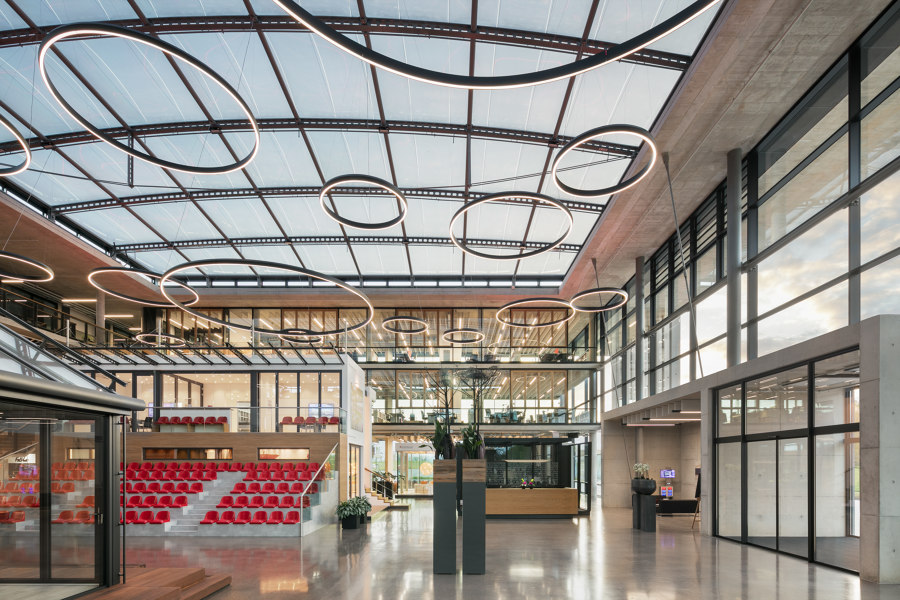
The foyer of the Solarlux Campus in Melle is a modern, open space where exchange on the architecture of the future is promoted with first-class speakers, interesting guests and an exhibition that promises exciting insights
×The future of architecture
The talks – like the award-winning designs in the exhibition – will promote interdisciplinary exchange in the spirit of the Laka Foundation and Solarlux, and build on the success of the last two aif events. Incidentally, the focus at the Solarlux headquarters in Melle is not limited to exploring questions of building culture and probing individual strategies during the aif event, itself.
For forty years, the company has stood for the cultivation of light, customised solutions and trust-based cooperation for movable window and facade solutions and glass extensions. Some 900 employees ensure optimum conditions for the implementation of diverse projects – from the simple to the decisively different to the revolutionary – backed by dedication, commitment and a wealth of ideas.
© Architonic



